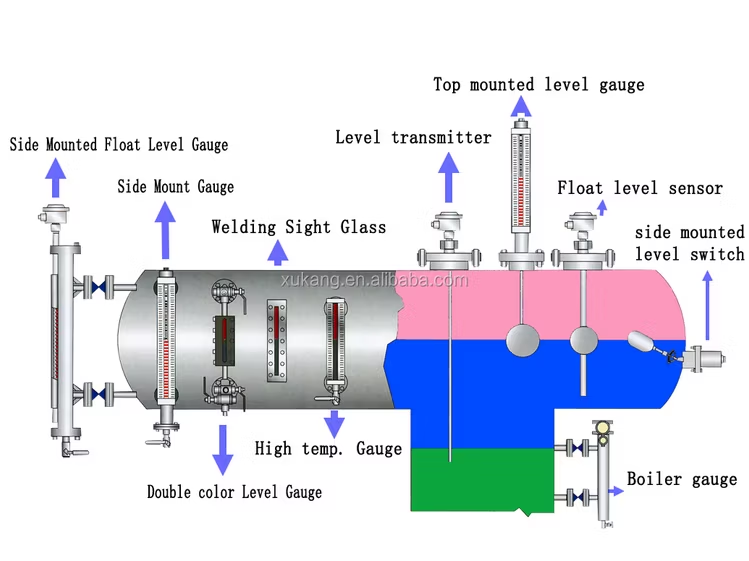When your body is in discomfort, it directly or indirectly impacts many aspects of your life. You can lose energy for everyday activities, and even the bare minimum tasks can seem like a lot. With that being said, living with back pain can be extremely uncomfortable. It can present problems with everyday tasks like sitting, sleeping, and walking and can hinder your daily chores. Nevertheless, it is not something that you can disregard. It’ll catch you up on a random day and make your life uneasy. Therefore, if you’ve experienced persistent back pain for a long time, spinal decompression is the relief for you.
What Is Spinal Decompression?
The spinal cord is the primary component of the body that is responsible for passing signals throughout the body and carrying out the physiological functions. It is made up of vertebrae, which are a series of bones responsible for movement and posture. Any injury, structural problem and medical condition can lead to a discomforting spine.
Spinal decompression therapy refers to any method (surgical or non-surgical) that relieves chronic back pain, usually by relieving pressure off the neurological components of the spine.
The approaches to a spinal decompression may include physical therapy, surgical procedures or computerized traction. Spinal decompression therapy helps to locate the pain and aims to decompress spinal discs and reduce or totally eliminate the pain.
Non-surgical Spinal Decompression
Any method that relieves chronic back pain without having the need for a surgery or anesthetic can be referred to as non-surgical spinal decompression. This treatment is used to treat back pain brought on by a herniated or degenerative disc, neck pain, sciatica, or injured spinal joints or nerve roots. The method involves negative compression force to position any displaced discs and retract pressure off your nerves and spines.
The methods involve the use of:
- The use of prescription painkillers such as muscle relaxants and opioids to temporarily relieve the discomfort.
- Application of ultrasound waves that promote healing through generating heat.
- Electrical stimulation that helps with muscle contraction and controlled movement.
- Heat therapy to ease muscle tension and strain.
- Cold therapy to treat inflammation and swelling in a particular area.
Surgical Spinal Decompression
As the name implies, these decompression methods involve surgical procedures to alleviate persistent back pain. However, it is usually given as a last resort when all other relief methods have been exhausted.
This decompression therapy for back pain involves removing any part that is putting strain on nerve endings, fusing vertebrae together in the event of an accident, and cutting down bones to make room for nerves. This method helps with major issues like extreme pain, numbness, weakness or tingling.
The methods by which surgical decompression is done are:
- Discectomy, which is the removal of a part of a disc that is putting strain on a nerve.
- Surgical removal of a vertebral bone that is taking up space to create more room for nerve endings and relieve the strain.
- Bone grafting to fuse two or more bones together.
- Removal of tissues around the bones to create room for nerve endings.
Benefits Of Getting Spinal Decompression Therapy
Spinal therapy not only alleviates pain but also helps with spinal health. Anyone with mild to moderate pain symptoms or major degenerative issues can get decompression therapy done. The benefits of getting it done professionally are
Pain Relief Management
This therapy plays a key role in pain management by stretching the nerves and lowering nerve pressure. Significantly reducing acute or chronic back pain and other spinal-related symptoms like numbness, shooting pains and tingling.
Targeted Healing
Spinal decompression treatment has been shown to significantly accelerate the body’s natural healing process by improving blood flow to the damaged tissues. Increased area for blood flow reduces swelling and inflammation in the afflicted area.
Improved Physical Movement
Decompression therapy improves body functionality and leads to better posture. By lowering inflammation in the damaged area, it aids with disc alignment and muscular flexibility while also relieving pressure. Patients have reported that they were able to perform daily tasks with great ease after just 3-4 sessions.
Avoids Surgery
This treatment is not necessarily invasive and proves to be an excellent alternative to surgical procedures. Usually, medications and physical therapy can help manage the pain and lower risks of surgeries like discectomy, bone grafting or fusion. This reduces the hospital expenses and recovery time.
Long-term outcomes
Many people have reported long-term pain relief after receiving decompression therapy. This result is enhanced by getting to the root of spinal compression and working to eliminate the pain in the specific area. Leading to improved motility and functionality and a better quality of life.
Final Thoughts
Most of the time, we disregard persistent back pains and take them for granted. These can become increasingly uncomfortable after some time and even interfere with everyday tasks. Therefore, getting spinal decompression treatment done can help with the pain and get you back to running like normal.
Refresh Health and Wellness is your place to visit in Sherwood Park. We provide comprehensive care with individualized plans and make sure that you get the most out of your sessions.




Leave a Reply